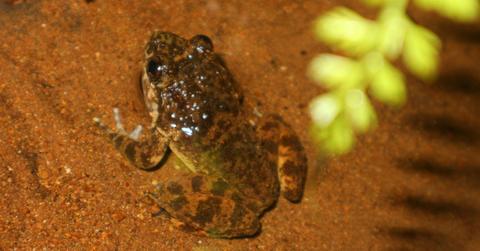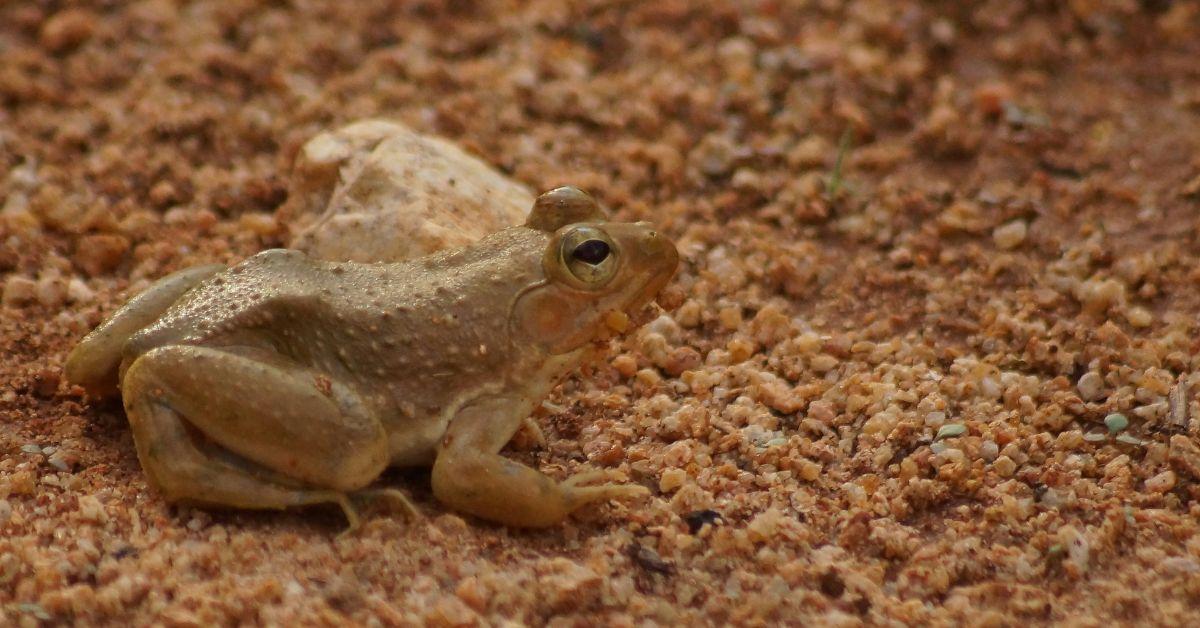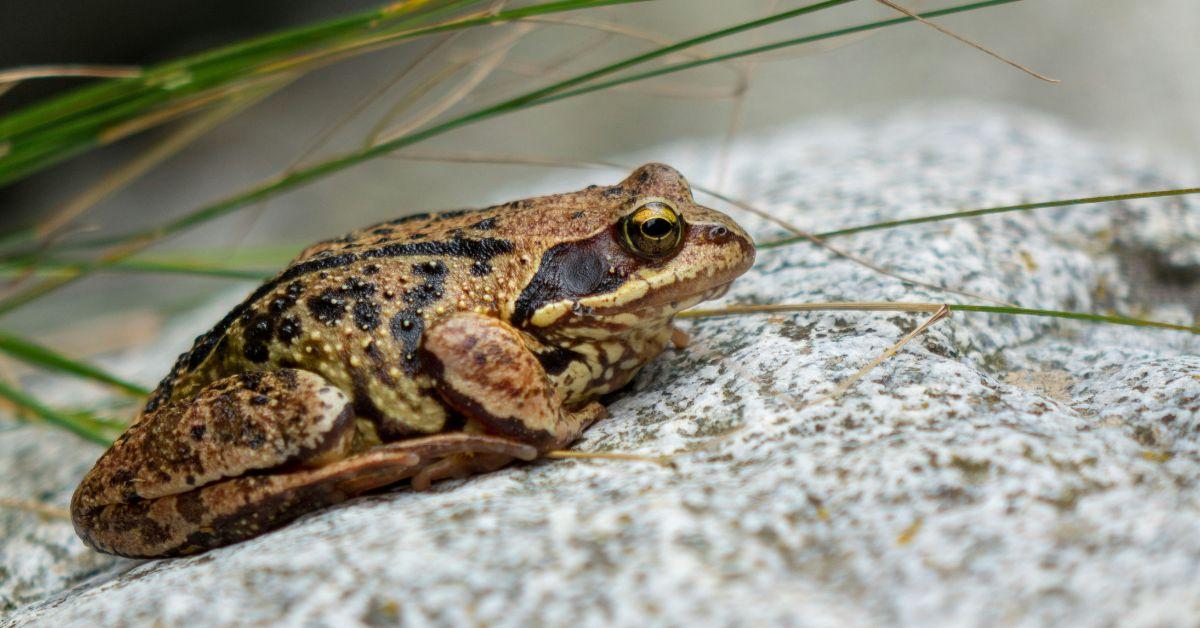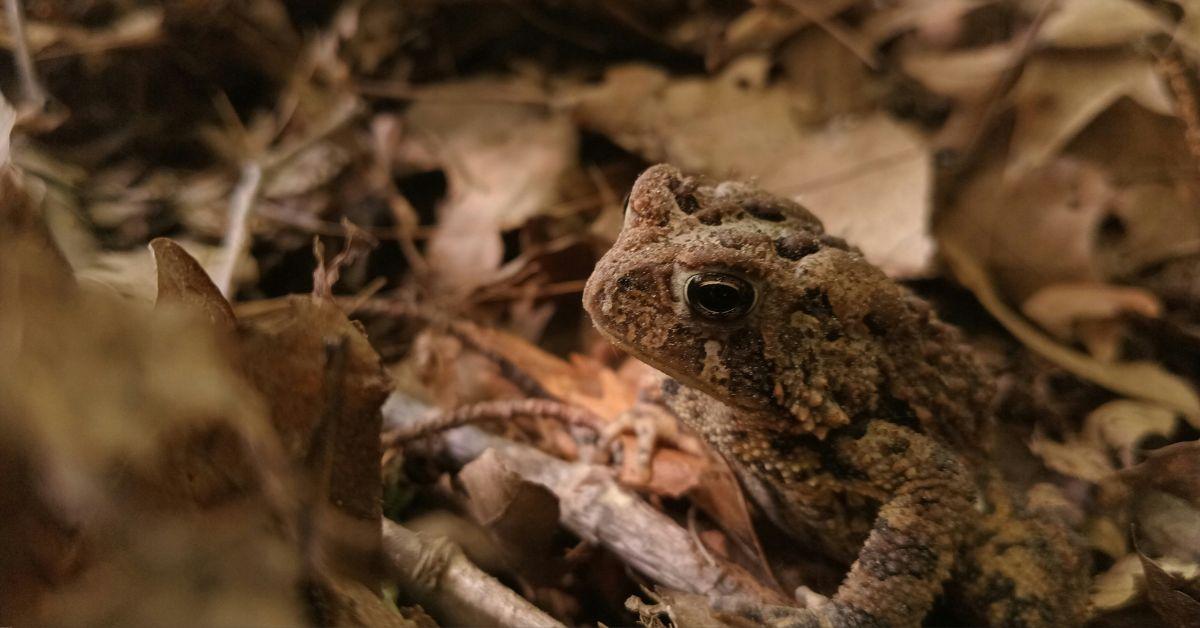
Researchers discovered three very special toad species.
These Newly Discovered Toad Species Give Birth to 'Toadlets' Instead of Laying Eggs
Researchers from around the world have made a very cool toad-related discovery.
They identified three previously unknown species of toads native to Tanzania, East Africa, who have the particularity of giving birth to fully formed "toadlets," instead of laying eggs.
This new discovery defies what most people generally take for granted about the amphibians: that they lay eggs, which then hatch into tadpoles before becoming adult toads.

International researchers found three new species of Nectophrynoides in Tanzania.
By contrast, these three new species — as laid out in a study published in Vertebrate Zoology — fertilize internally, and give birth to what is essentially a miniature version of themselves.
However, these species, from the genus Nectophrynoides, aren't actually the first toads to be discovered who don't lay eggs.
"It’s common knowledge that frogs grow from tadpoles — it’s one of the classic metamorphosis paradigms in biology," said one of the study's co-authors, Dr. Mark D. Scherz of the Natural History Museum Denmark. "But the nearly 8,000 frog species actually have a wide variety of reproductive modes, many of which don’t closely resemble that famous story."

The newly found species have the peculiarity of giving birth to fully formed 'toadlets.'
Scientists actually previously knew of toad species that give birth to toadlets in South America and Southeast Asia, but they stress it's an extremely rare phenomenon.
"Live-bearing is exceptionally rare among frogs and toads, practiced by less than 1% of frogs species, making these new species exceptionally interesting," said H. Christoph Liedtke of the Spanish National Research Council, who co-authored the study.

It's not the first time scientists have found live-bearing toads in the wild.
A live-bearing toad was also previously discovered in Tanzania circa 1905.
The researchers were able to examine preserved specimens of that toad at the Museum für Naturkunde in Berlin, work which was pivotal to the current study.
"Some of these specimens were collected over 120 years ago," said co-author Dr. Alice Petzold of the University of Potsdam. "Our museomics work was able to reveal exactly which populations those old specimens belonged to, giving us a lot more confidence for future work on these toads."

The newly found toads are considered endangered and will pose a challenge to conservationists.
This new discovery, though exciting, also points to issues with conservation.
The region of Tanzania where the toads were found is subject to serious threats to its biodiversity, with co-author John V. Lyakurwa of the University of Dar es Salaam saying, "The forests where these toads are known to occur are disappearing quickly."
Several species of Nectophrynoides are already considered critically endangered, so the hope is that this new discovery can help conservationists save these previously undiscovered Tanzanian toads.
